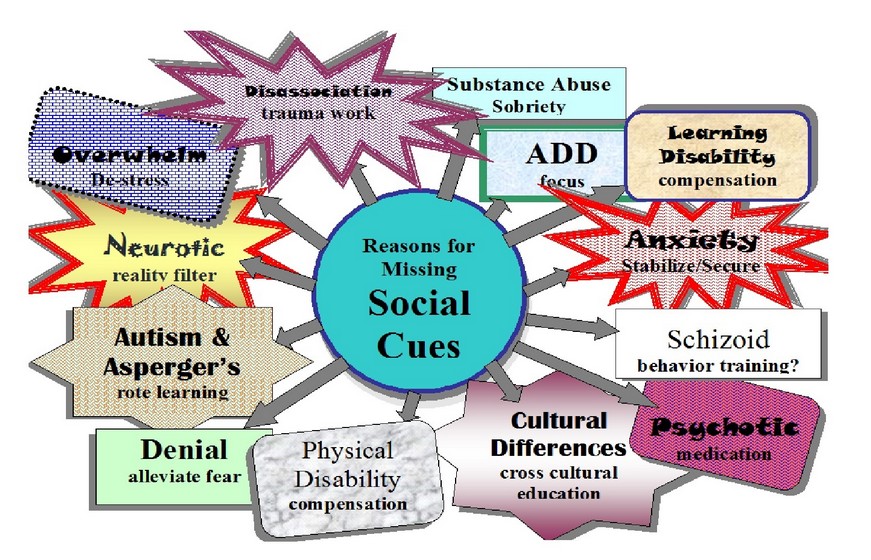Expert Reveals Bridal Jewellery Trends You Must Follow In 2021 HerZindagi

Cultural cues
Cultural intelligence is key in understanding different cultures' norms, values, and traditions. This skill allows you to connect with people from diverse backgrounds effectively and empathetically. Being globally aware also means embracing the role of a global citizen. You're part of a larger community that transcends borders.

Eight properties with a distinct cultural flare THP News
Artifacts are visible cues that represent the culture, such as language, clothing, and ways of addressing each other. Espoused values are what is said to be the culture, while underlying values represent the deepest core level of what culture is all about. Understanding these levels of culture is important for effective cross-cultural.

Babies Chew on Social, Cultural Cues at Mealtime Financial Tribune
The Importance of Cultural Awareness . Cultural awareness involves learning about cultures that are different from your own. But it's also about being respectful about these differences, says Natalie Page Ed.D., chief diversity officer at Saint Xavier University in Chicago. "It's about being sensitive to the similarities and differences that can exist between different cultures and using.

Cultural Cues & Clues
Being present. Staying present and remaining self-aware are crucial for reading clients' nonverbal communication cues. Meditation and mindfulness can help, as can practicing and reflecting on observation skills. Learn to be in the room with your thoughts, with your awareness focused on the client.

The "san" thing more about psychological distance than hierarchy
Key points. Non-verbal communication varies across cultures and can trigger misunderstandings. Context, an important factor in cross-cultural communication, influences the meaning of words and cues.

Cultural Cues Actar Publishers
By understanding and valuing diverse perspectives, individuals can bridge cultural gaps and prevent misunderstandings and conflicts. This article explores the importance of cultural awareness, the need to research the other person's culture, and the significance of planning conversations and adjusting non-verbal cues to align with cultural norms.

Cultural Cues Drexel Education Abroad
The impact of cultural gestures and cross-cultural body language cannot be underestimated. Non-verbal communication is a vital aspect of human interaction, and it is influenced by cultural differences in various ways. Cultural nuances play a significant role in shaping non-verbal communication patterns. Gestures and body language that are.

Designing from Cultural Cues McMillan Pazdan Smith Architecture
We theorize that in the case of COVID-19, policy-culture fit enhances policy learning, leading cultural cues to exert a more pronounced diffusion influence than geographic and institutional cues over time. Our empirical analysis leverages worldwide data tracking the daily adoption of nine universal COVID-19 non-pharmaceutical policies from.

Know Your Cultural Cues in Malaysia Dean Foster Medium
The causes of intercultural misunderstandings are often complex and multifaceted. However, four of the most common causes are described below, along with examples of each. 1. Ethnocentrism. Ethnocentrism is defined as "the attitude that one's own group, ethnicity, or nationality is superior to others.". Here, the idea is that people view.

Shoreline Area News Understanding cultural differences, Thursday, June 17
Cultural cues play a significant role in cross-cultural communication, and being aware of these cues is crucial for successful interactions. Effective communication strategies can help bridge the gap between different communication styles. Misunderstandings can occur when individuals from different cultures misinterpret nonverbal signals, such.

"Using Cultural Cues in Social Media" Thoughtful China YouTube
A lack of political will to address climate change could be attributed to cultural constraints and social pressures. "I was known as a freak", a politician told me recently with disarming directness, as we sipped our drinks in a smart London hotel. He was describing to me how, during his time as a Member of Parliament, he had talked openly.

13 Reasons Miss Soc Cues RonaldMah
But emotional context cues also seem to be important irrespective of cultural upbringing. For example, a study published several years ago in Science demonstrated that, in general, people tend to focus attention on emotion cues in the body when a facial expression is ambiguous.

Cultural Cues Nonverbal Communication Gender Role
Importance of Understanding Cultural Differences in Public Speaking. Understanding cultural differences in public speaking is essential for effective communication and audience engagement. Cultural communication styles, nonverbal cues, values, and beliefs can greatly impact how a message is received, making it crucial to adapt and tailor one.

Pin on Cher Coulter for JewelMint
While social cues tend to be similar among most people, they can be affected by many things, including a person's personality, culture, and comfort levels. Some conditions, such as social anxiety disorder , attention deficit hyperactivity disorder (ADHD), and autism spectrum disorder (ASD), can change the way a person communicates and.

Cultural Cues for Quality Conversations Emtrain
Understanding cultural differences in social cues can help avoid misunderstandings and improve communication in intercultural contexts. Social Cues in High Context vs Low Context Cultures. Social scientists have identified a divide in the importance of social cues between western-individualistic and eastern-collectivist cultures (Bai, 2016).

Cultural Cues for Quality Conversations Emtrain
In a fascinating PNAS report, Zhang et al. demonstrate that bilingual speakers are sensitive to cultural cues in the environment that signal the presence of the native language. Contrary to the claim that bilingualism confers benefits to those who speak more than one language, the form of the sensitivity demonstrated in the Zhang et al.